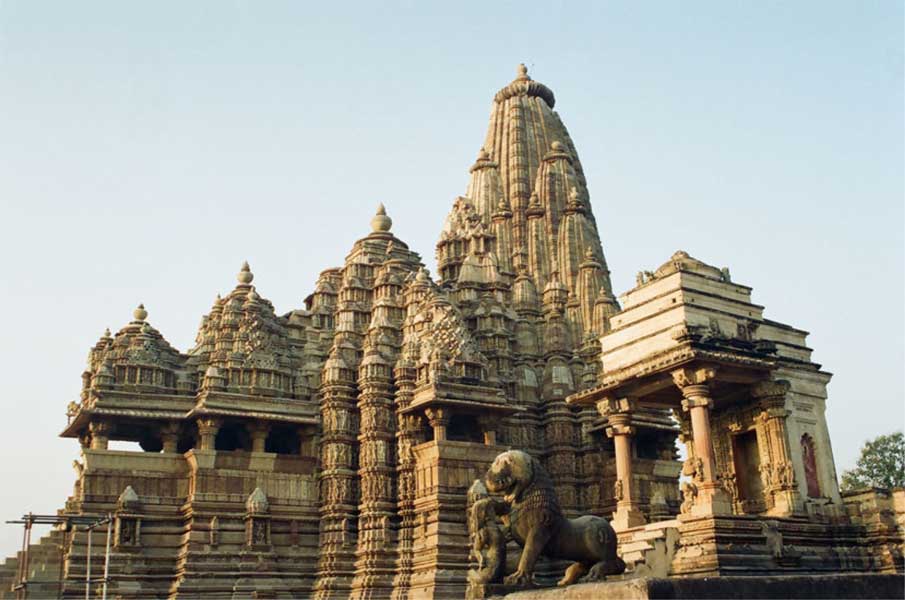Introduction
Nagara style temples represent one of the most iconic and enduring forms of Hindu temple architecture in India. Predominantly found in the northern regions, these temples are distinguished by their curvilinear towers (shikharas), intricate carvings, and symbolic spatial layouts. Rooted in centuries of spiritual tradition, Nagara style temples are not just architectural marvels they are sacred spaces that embody cosmic principles, mythological narratives, and regional artistry.

Historical Background
The Nagara style emerged around the 5th century CE during the Gupta period, a golden age for Indian art and architecture. As Hinduism flourished across northern India, temple construction became a central expression of devotion and royal patronage. The style evolved through successive dynasties Pratiharas, Chandellas, and Solankis each contributing unique regional adaptations while preserving the core Nagara principles.
Defining Features of Nagara Style Temples
Nagara style temples are characterized by several distinct architectural elements:
- Shikhara (tower): A curvilinear spire rising above the sanctum (garbhagriha), symbolizing Mount Meru.
- Garbhagriha: The innermost sanctum housing the deity.
- Mandapa: Pillared halls for congregational worship.
- Jagati: A raised platform on which the temple stands.
- Axial alignment: The temple layout follows a strict east-west orientation.
These features are not merely aesthetic they reflect deep cosmological symbolism and ritual functionality.
Regional Variations in Nagara Architecture
While the Nagara style maintains a consistent framework, regional variations have flourished:
Central India (Khajuraho Group)
Temples here exhibit ornate carvings, multiple shikharas, and erotic sculptures symbolizing divine union.
Western India (Solanki Style in Gujarat)Features include stepped tanks (kunds), toranas (arched gateways), and elaborate exterior walls.
Eastern India (Odisha Style)
Temples like Lingaraja and Sun Temple at Konark have a rekha deul (tall shikhara), pidha deul (mandapa), and jagamohana (assembly hall).
Shikhara Symbolism: The Sacred Mountain
The shikhara is the most defining element of Nagara style temples. Rising vertically above the sanctum, it symbolizes Mount Meru the cosmic axis connecting heaven and earth. Its upward movement represents spiritual ascent, while its layered structure mirrors the complexity of the universe.
Some temples feature multiple shikharas, creating a clustered effect that enhances the temple’s grandeur and metaphysical symbolism.
Nagara vs. Dravidian Style: A Comparative Glance
While Nagara style dominates northern India, the Dravidian style flourishes in the south. Key differences include:
| Feature | Nagara Style Temples | Dravidian Style Temples |
|---|---|---|
| Tower (Shikhara) | Curvilinear, beehive-shaped | Pyramid-shaped, stepped vimana |
| Platform (Jagati) | Often present | Usually absent |
| Gateway (Gopuram) | Minimal or absent | Prominent, towering gopurams |
| Regional Spread | North, Central, Eastern India | Tamil Nadu, Karnataka, Andhra Pradesh |
Iconic Examples of Nagara Style Temples
Several temples exemplify the grandeur and diversity of Nagara architecture:
- Kandariya Mahadeva Temple (Khajuraho): Known for its soaring shikhara and sensual sculptures.
- Sun Temple (Konark): Designed as a colossal chariot of Surya, with 24 intricately carved wheels.
- Modhera Sun Temple (Gujarat): Features a stepped tank and exquisite toranas.
- Lingaraja Temple (Bhubaneswar): A blend of Kalinga architecture with Nagara principles.
Sculptural and Artistic Elements
Nagara style temples are adorned with elaborate sculptures depicting:
- Deities in various forms and moods
- Mythological scenes from Ramayana and Mahabharata
- Celestial beings, apsaras, and yakshas
- Erotic imagery symbolizing fertility and divine union
These carvings serve both decorative and didactic purposes, guiding devotees through visual storytelling.
Symbolism in Nagara Temples
Every element of a Nagara temple is imbued with symbolic meaning:
- Verticality of shikhara: Spiritual ascent
- Mandapa: Space for collective consciousness
- Garbhagriha: Womb of the universe, housing divine energy
- Carvings: Moral, spiritual, and cosmic lessons
The temple becomes a microcosm of the universe, guiding the devotee from the outer world to inner realization.
Preservation and Modern Relevance
Many Nagara style temples have survived centuries of invasions, weathering, and neglect. Restoration efforts by ASI and UNESCO have helped preserve their legacy. Today, these temples serve as:
- Pilgrimage centers
- Cultural heritage sites
- Inspiration for modern temple architecture
- Subjects of academic and spiritual study
Their relevance continues in contemporary temple design, tourism, and digital documentation.
Conclusion
Nagara style temples are more than architectural wonders—they are sacred embodiments of India’s spiritual, artistic, and philosophical heritage. From the soaring shikharas to the intricate carvings, every detail reflects a cosmic vision rooted in devotion and symbolism. As we continue to preserve and study these temples, they remain timeless beacons of cultural identity and spiritual aspiration.